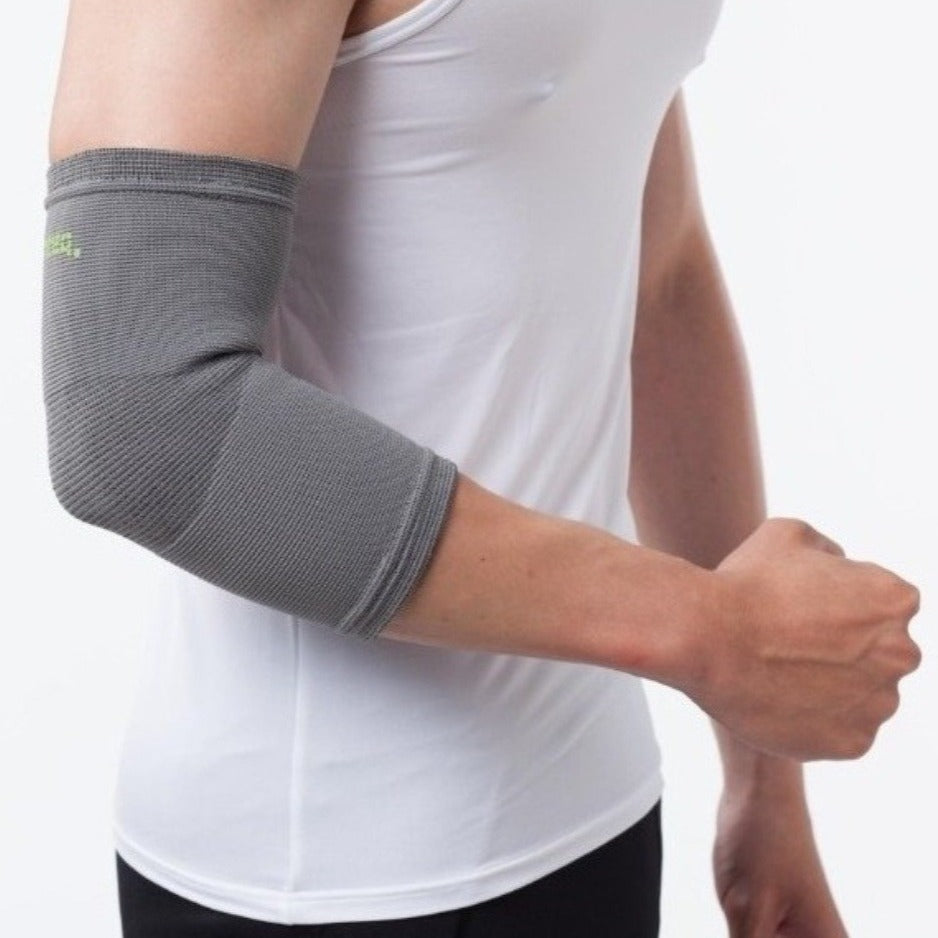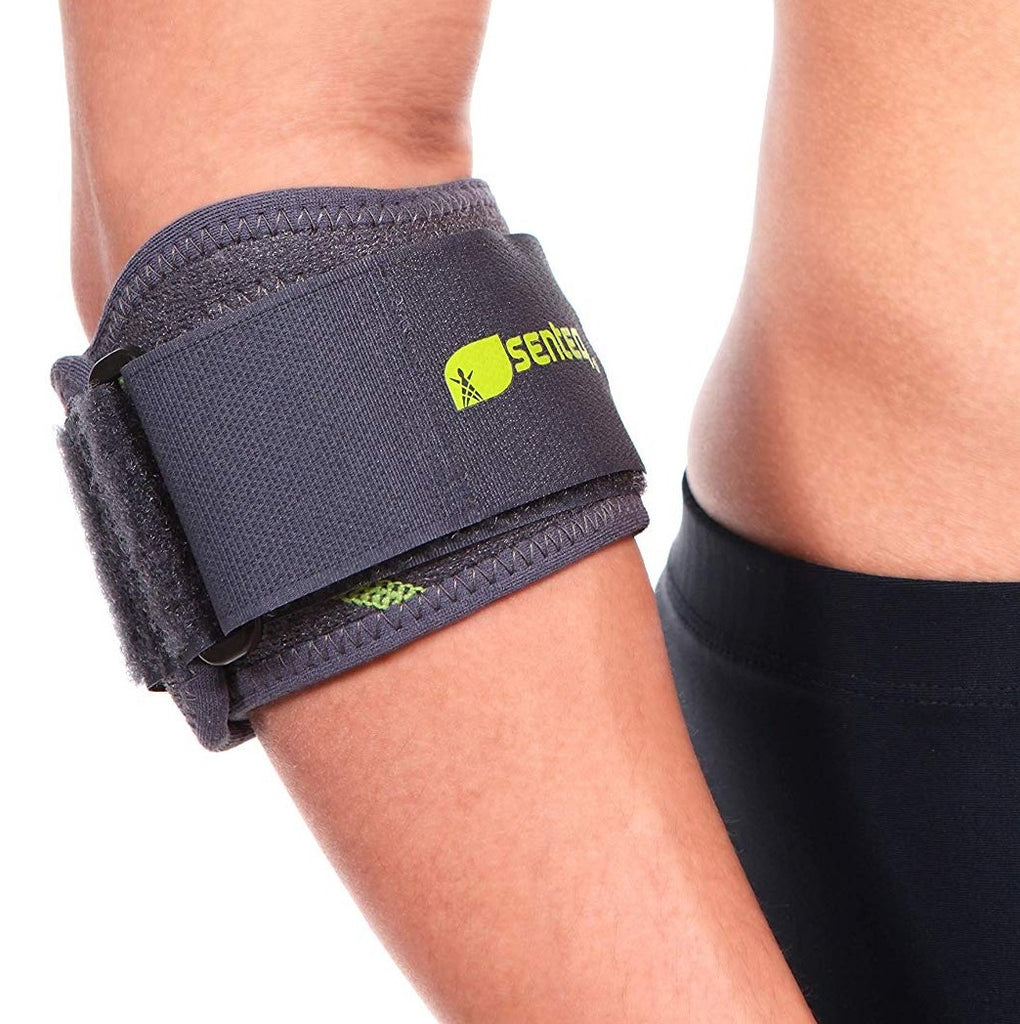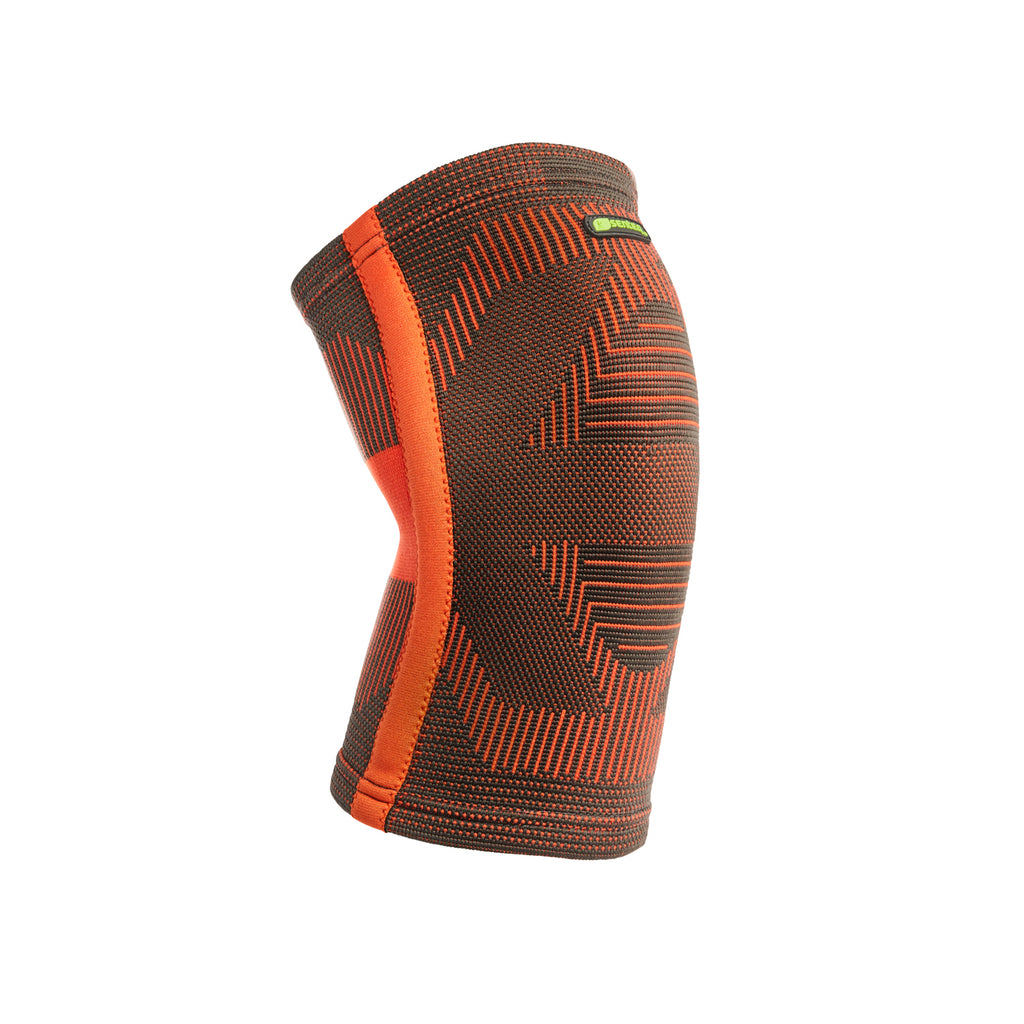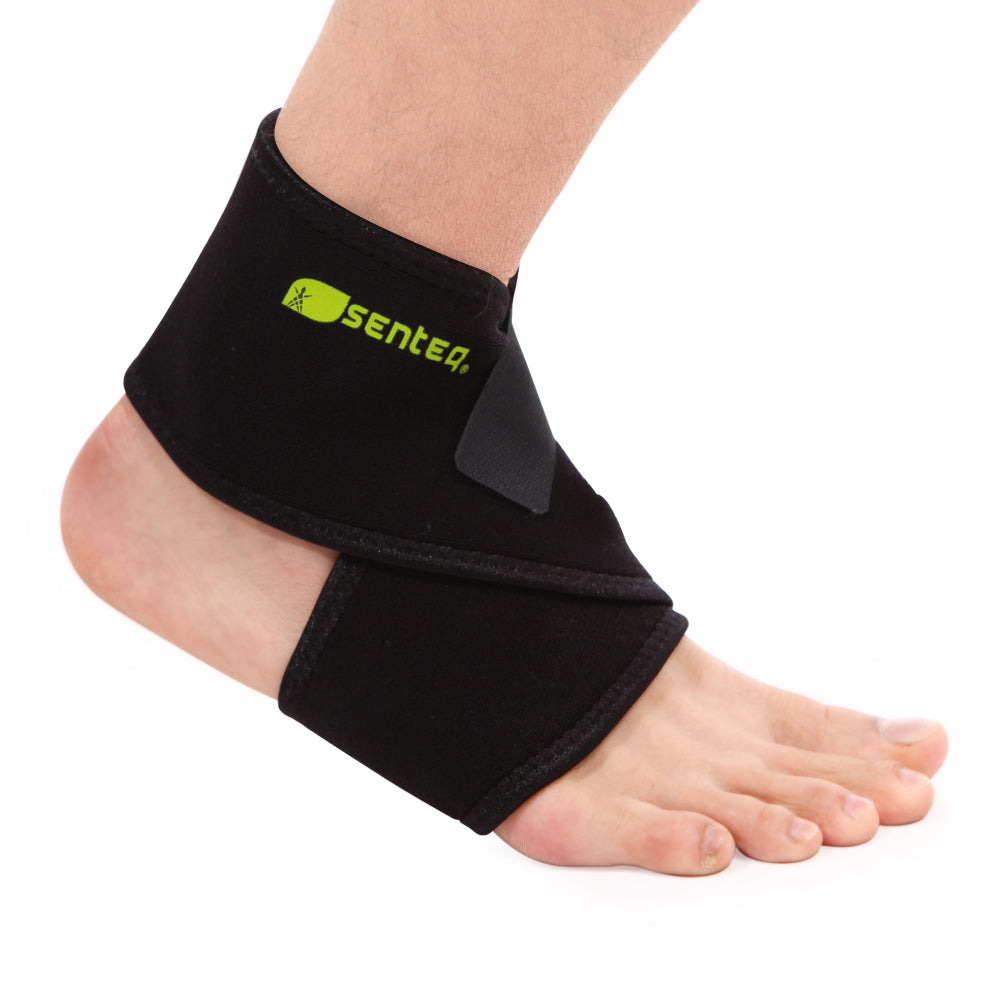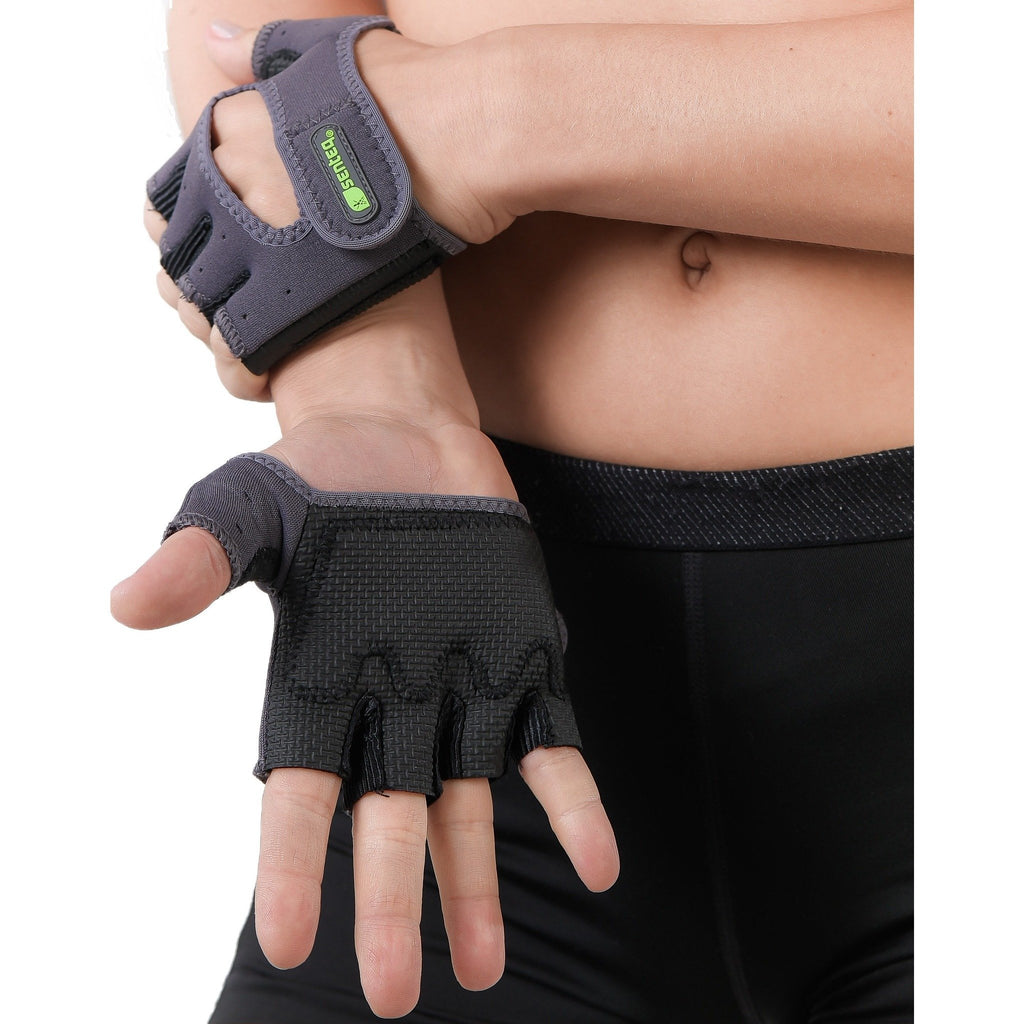Take Action: An Easy-to-Follow Guide to Start a Walking Routine
It's difficult to maintain good fitness levels when you're busy during the day. However, it doesn't mean that you can't get in some exercise.
It may be more important than ever to start and maintain a walking program to help improve your joints, overall health and stave off chronic conditions like heart disease and diabetes.
Benefits of Walking
We all know that walking is one of the best exercises to get us moving. It's a simple activity that anyone can do, regardless of age or fitness level.
Walking has a lot of benefits. Not only is walking great for heart health, maintaining a healthy weight, and boosting your mood, but also for improving your muscles and joints functionality.
Strong muscles and joints lessen your chance of injury. You are also able to do more activities with better endurance.
SOME BENEFITS OF WALKING FOR BONE HEALTH:
• Increases joint flexibility
• Strengthens muscles
• May help prevent a fall
• Easy and gentle on joints
• Slows the development of arthritis
• Helps in joint fluid circulation
• Keeps you active later in life
• May reduce lower back pain
Before You Start
For you to have a successful walking routine, there are a few things you must do.
1. See your doctor.
Before you start your walking routine, get your doctor's OK. The doctor can give insight into what kind of walking is best for your bones and how hard is safe to walk regularly.
2. Choose the right shoes.
Choosing the right shoes for walking is important because wearing improper footwear can cause back and joint pain, discomfort, and instability. To avoid these problems, you need to wear shoes with good arch support.
3. Dress in comfortable clothes.
It's important to dress appropriately for your walk. Choose clothing that is appropriate for both the time of year and the weather. Walking can be difficult if you are not comfortable. So, make sure to wear clothes that are flexible, breathable, and comfortable.
4. Wear sunscreen.
Walking can help strengthen and build bones. However, you need to protect yourself from the sun. This includes wearing sunscreen and a hat when you choose to walk outside.
5. Bring water.
Hydrate, hydrate, hydrate! It's easy for you to get dehydrated and tired when exercising. So, to avoid these things from happening, always bring water with you. Water will also help keep your joints lubricated.
6. Choose the right route.
At first, pick a route that will keep you walking on an even surface to avoid trips and slips. The route should also be well-lit, quiet, and without much traffic.
7. Find a walking partner.
The best way to start a walking routine is to find a walking partner. Walking in pairs, or with friends or family, can help you stay motivated and keep track of your progress.
Warming Up
Start your walk with a warm-up. This is the first step to formulating a walking routine that will help you achieve long-term improvement of your health. Start by taking slower strides for five minutes to get your body temperature and muscles warm.
Proper Walking
Some people walk the same way they run, which may result in improper form as well as injuries such as knee and back pain. Here are three simple tricks to help you take better strides:
• Stand tall with your back straight and chin up.
• Take shorter steps.
• Let your arms swing freely.
• Ensure proper breathing.
To end your walk, slow down for the last 5-10 minutes. Complete your cooldown by stretching.
Start Small
Start by walking 15 minutes at an easy pace five days the first week. When your walks start to feel easier, on your second week try adding 5 minutes a day so you're now walking 20 minutes a day, 5 days a week.
Add 5 minutes on week 3, making it 25 minutes a day. And another 5 minutes on week 4, making it 30 minutes a day. Gradually increase your pace and if possible, start walking up small hills.
Remember
Don't try to do too much too soon. The key to a healthy walking routine is to start slow. Add in short walks into your day until you're comfortable with how far you can go before stopping. If you feel severe pain, stop and see your doctor immediately.
Although gathered with great care, this information is not intended to take the place of regular medical care or advice. Please consult with your doctor before using this information or beginning any self-care program.


